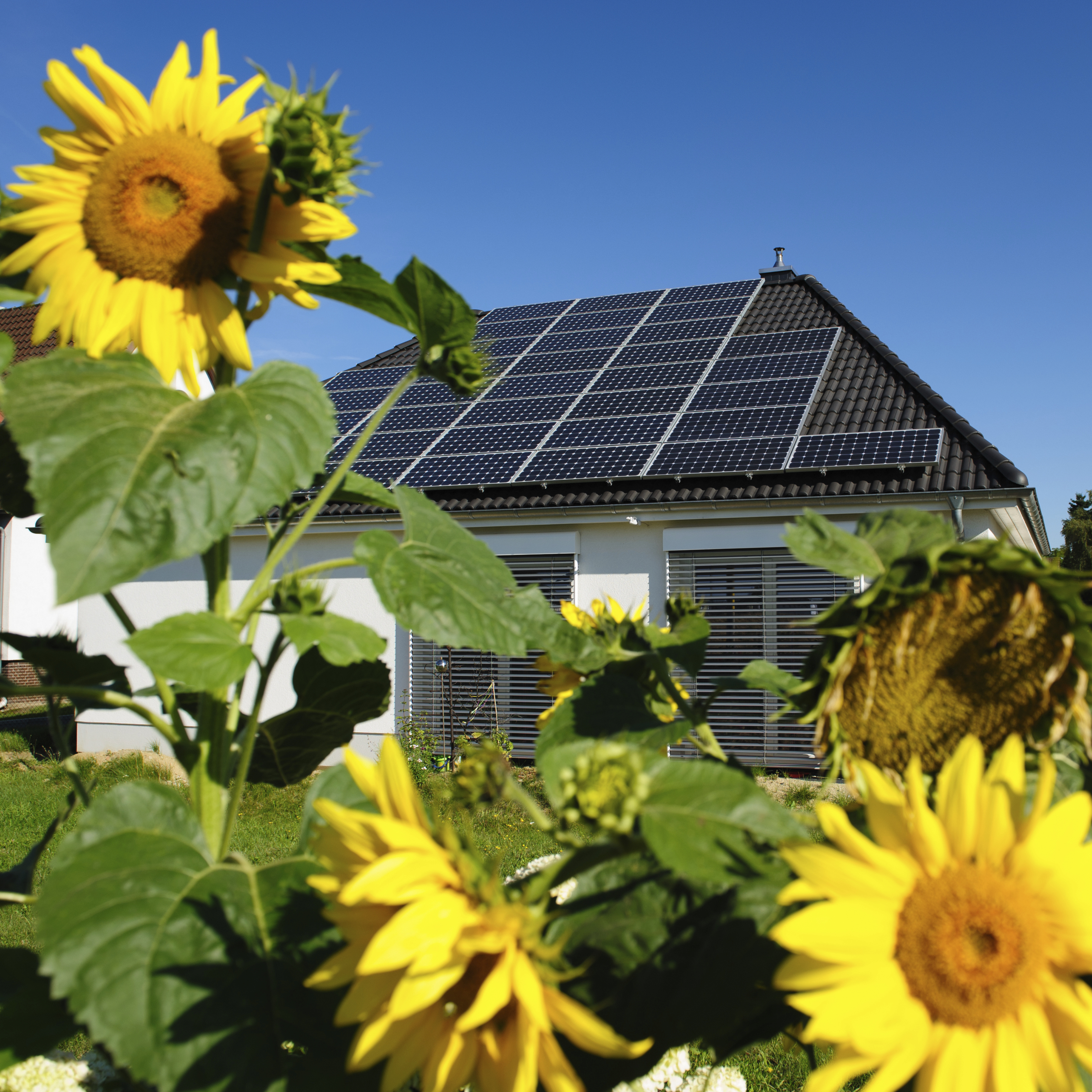
In the first quarter of 2016, the United States installed 1.665 gigawatts (GW) of new solar PV capacity, an increase of 24% compared with the first quarter of 2015, the most in any non-fourth quarter in the country’s history. Total U.S. solar PV-generating capacity reached 27.5 GW at more than 1 million installations. New solar-generating capacity accounted for 64% of all new electricity-generating capacity installed in the quarter.
The data were reported Thursday in the latest Solar Market Insight report from GTM Research and the Solar Energy Industries Association (SEIA).
Residential solar PV installations rose 34% year over year for the first quarter and were up 1% sequentially. Nonresidential installations rose 36% year over year but were down 6% sequentially. Utility-scale projects accounted for 43% of the first quarter’s new installations.
Costs for residential (rooftop) solar PV fell to $3.21 per watt in the first quarter. Of that, about $2 goes for labor, engineering, permitting and other soft costs and the rest for the cost of the hardware. Soft costs fell 12% and hardware costs fell 4% in the first quarter.
Costs fell 7% overall for nonresidential installations, with hardware costs down 6% and soft costs down 9%. Soft costs accounted for about half the total system cost.
Utility-scale ground-mounted project costs averaged $1.24 per watt for fixed-tilt installations and $1.41 per watt for tracking installations.
The report noted the extension of the federal investment tax credit as the most important policy development in nearly 10 years. From 2016 to 2020, the extension is projected to drive the installation of more than 20 GW of new solar PV capacity, leading to an annual U.S. solar PV market of 20 GW by 2021. The report also offered this forecast:
[W]e expect another record year for the U.S. PV market in 2016, with installations reaching 14.5 GWdc, a 94% increase over 2015. In 2017, while the residential and non-residential PV markets are both expected to grow year-over-year, the U.S. solar market is still expected to drop on an annual basis due to the aforementioned pull-in of utility PV demand in 2016. However, the year-over-year downturn for utility PV has softened due to a growing number of projects that have pushed out completion dates from this year to 2017.
By 2019, U.S. solar is expected to resume year-over-year growth across all market segments. And by 2021, more than half of all states in the U.S. will be 100+ MWdc annual solar markets, bringing cumulative U.S. solar installations above the 100 GWdc mark.
GTM Research and SEIA have made an executive summary of the report available at no charge.
Get Ready To Retire (Sponsored)
Start by taking a quick retirement quiz from SmartAsset that will match you with up to 3 financial advisors that serve your area and beyond in 5 minutes, or less.
Each advisor has been vetted by SmartAsset and is held to a fiduciary standard to act in your best interests.
Here’s how it works:
1. Answer SmartAsset advisor match quiz
2. Review your pre-screened matches at your leisure. Check out the advisors’ profiles.
3. Speak with advisors at no cost to you. Have an introductory call on the phone or introduction in person and choose whom to work with in the future
Get started right here.
Thank you for reading! Have some feedback for us?
Contact the 24/7 Wall St. editorial team.



